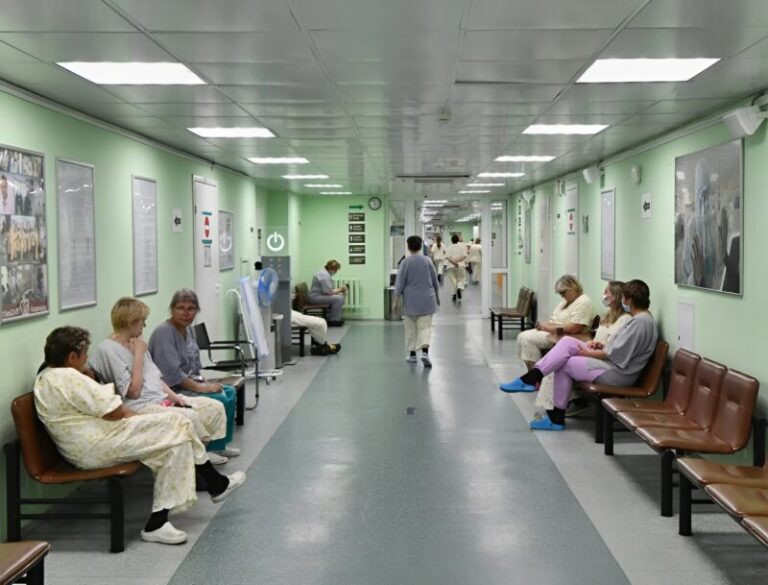It was a typical Tuesday morning at St. Alden’s Hospital. The fluorescent lights hummed above a room full of patients, some checking their watches impatiently, others lost in idle chatter or scrolling endlessly on their phones. Children fidgeted in chairs. A mother hushed a toddler with snacks. An old man dozed off near the potted plant in the corner.
Then the doors opened slowly with a soft creak, and she walked in.
The woman looked nearly invisible in the rush of the world — hunched slightly, wearing a frayed brown coat patched at the sleeves, and clutching an old leather handbag with both hands. Her gray hair was pulled into a loose bun, and her shoes, though clean, were worn thin.
She made her way to the corner seat and sat down quietly.
People stared.
A young man in headphones muttered, “Wrong building, maybe?”
A woman whispered, “Do they even let walk-ins from the street now?”
Laughter rippled under hushed voices. Some shook their heads in silent judgment. One person took a photo.
But the elderly woman said nothing. She stared ahead, her eyes patient and steady, as though waiting for something very specific.
Ten minutes passed.
Then — bam! — the door to the surgical wing flew open, and a man in green scrubs strode into the room with purpose.
It was Dr. Adrian Rourke, the hospital’s most renowned surgeon. His face had graced magazine covers. The wall at the entrance bore his name, gold-plated: Chief of Cardiothoracic Surgery. A genius, a perfectionist — and, some whispered, untouchable.
He didn’t glance at the nurses, nor at the staff or waiting patients.
His eyes locked on the old woman.
Gasps filled the room as he crossed the lobby, knelt in front of her, and gently took her hand.
“You came, Miss Alden,” he said, his voice thick with emotion. “I hoped you would.”
The room froze.
“She’s… someone he knows?” a man whispered.
Dr. Rourke looked up, speaking to no one in particular. “This woman taught me how to hold a scalpel. She taught me anatomy in a classroom with no heating. She bought textbooks for students with her own salary. She stayed after class for hours to help me understand the human heart — not just in diagrams, but as something that carried compassion.”
Then he turned to her, softly.
“You gave me everything when I had nothing. It’s my honor to treat you today.”
He helped her to her feet and walked her through the surgical doors himself, leaving behind a roomful of silent, shamed strangers.
From that day on, a plaque appeared in the hospital lobby, right beneath the honor board:
“To Margaret Alden — The Teacher Who Shaped Hands That Heal.”
And no one ever mocked a quiet old woman in the waiting room again.
